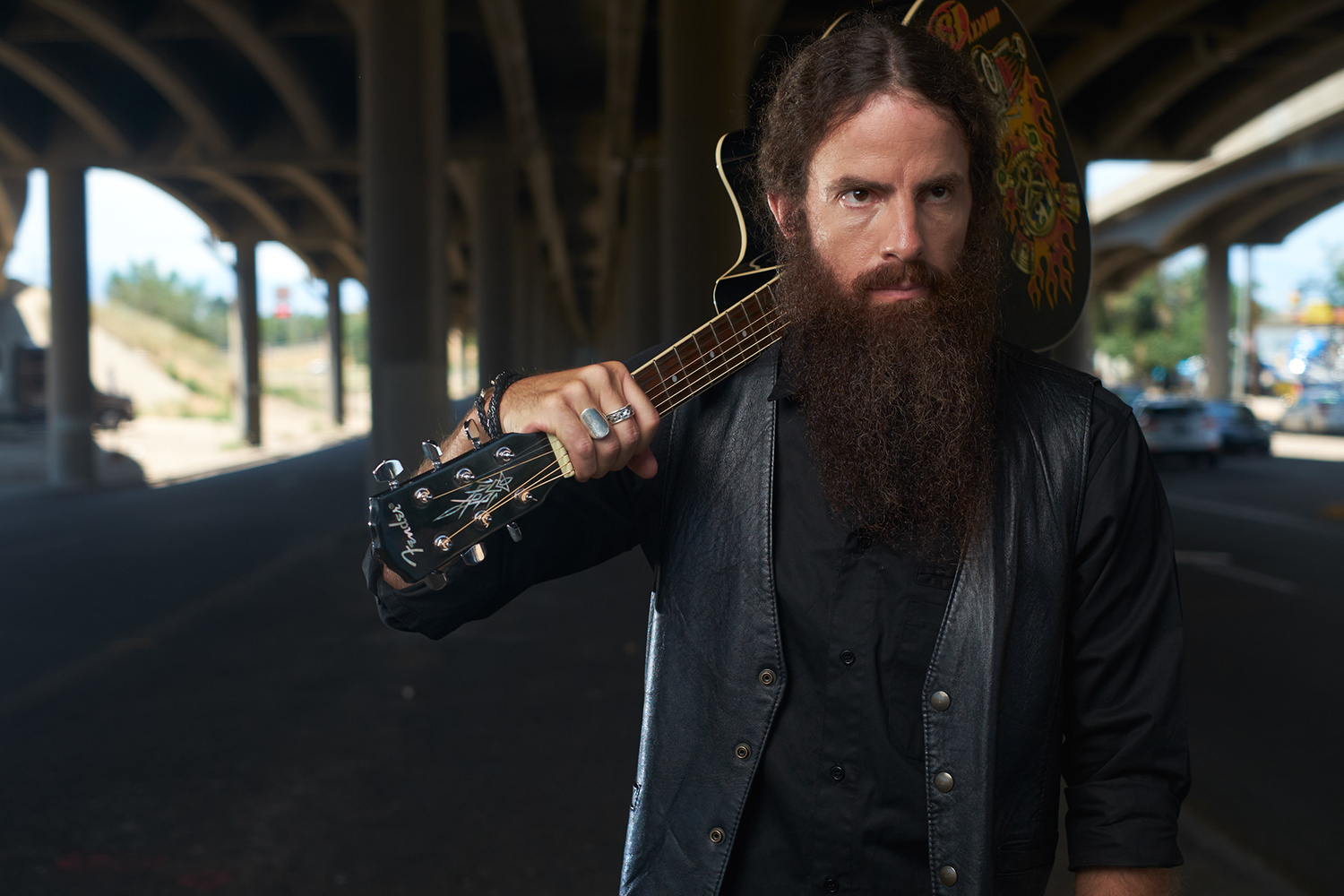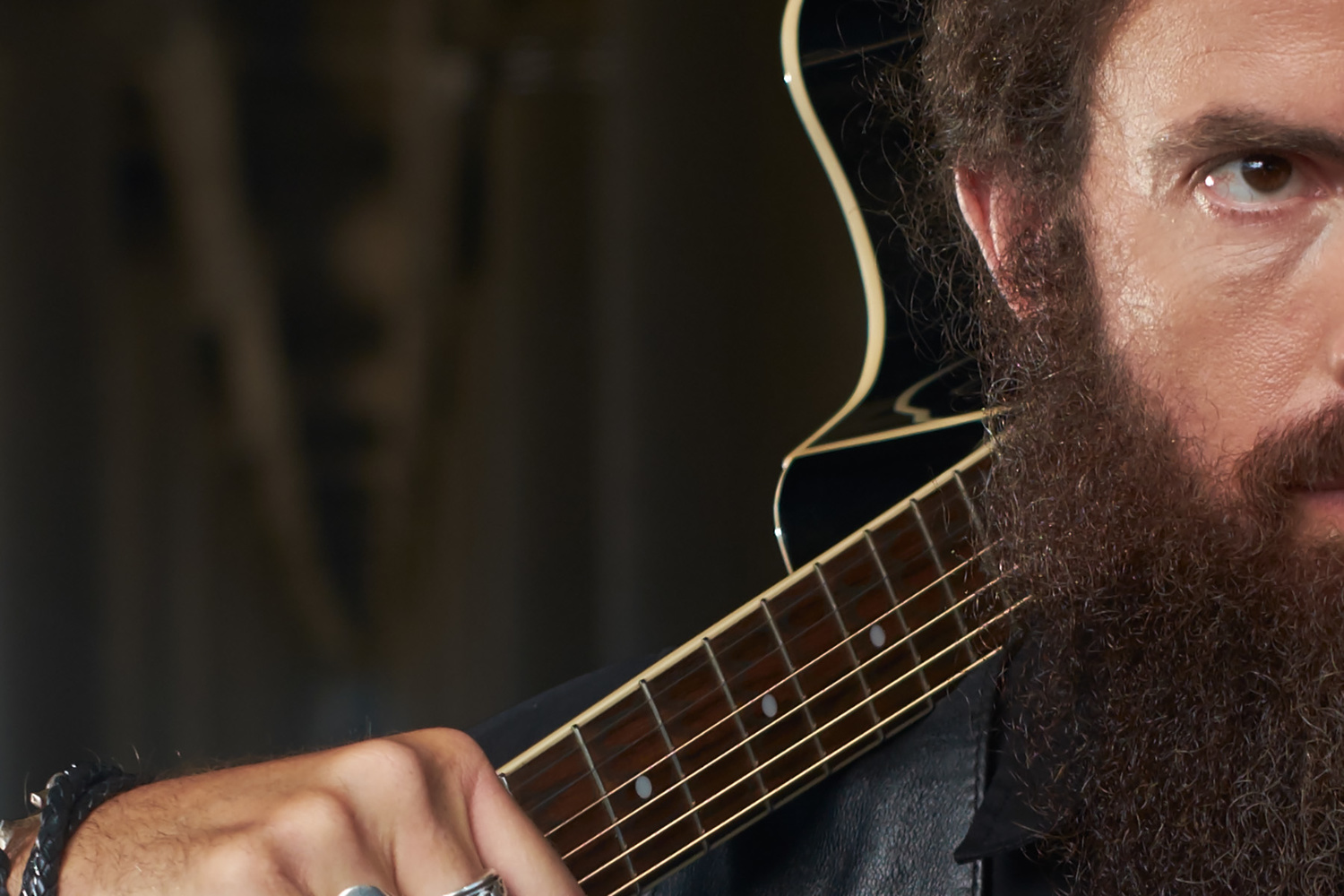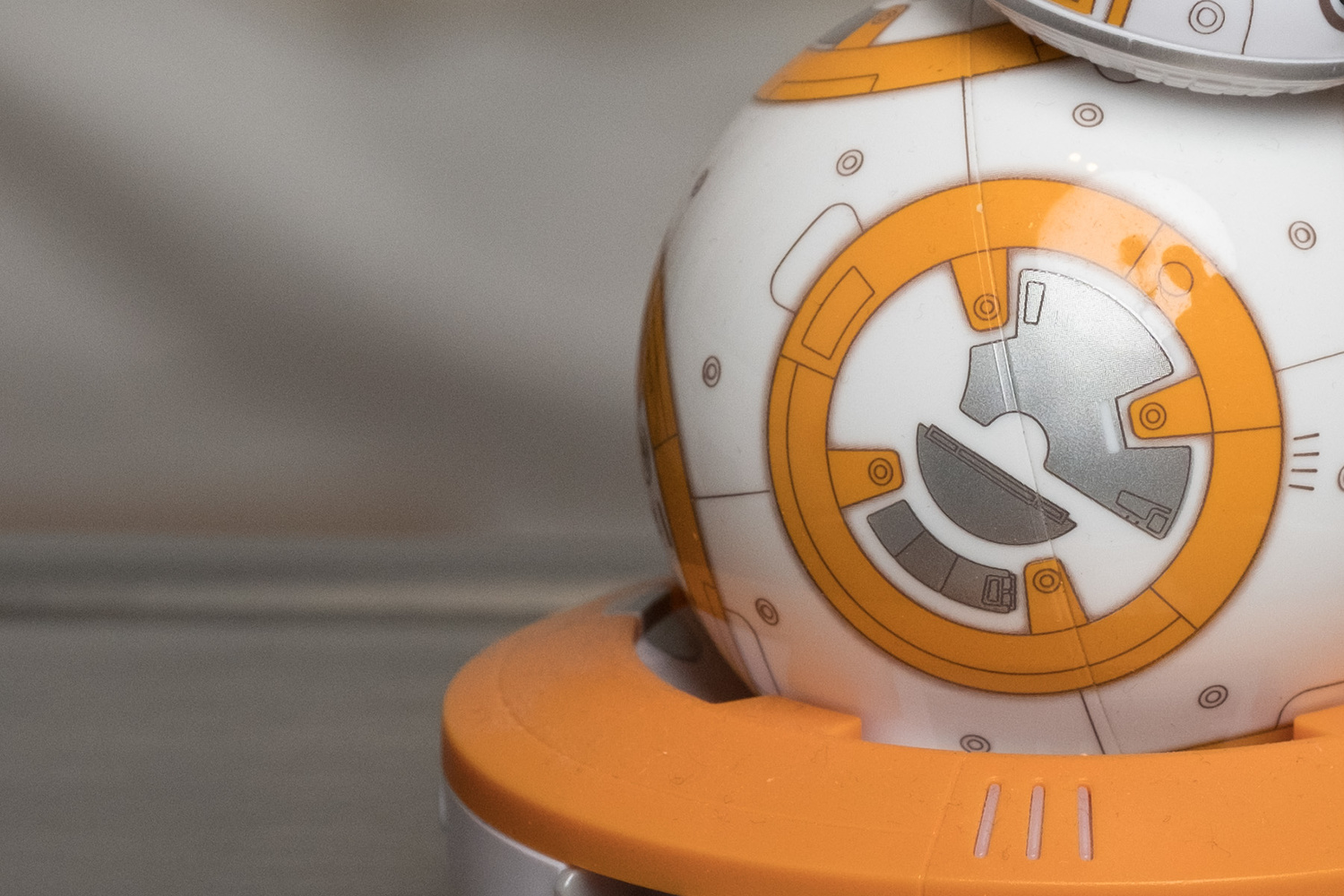In the comments section of my last article, I remarked that "I always liked the rendering of X-Trans files on C1 more than Lightroom anyway, so maybe this is just the reason I need to make the switch back." A longtime contributor to the comments, Pete Miller, asked if that was indeed the case. Good question! Let's find out if the reputation Lightroom has gained for inferior Fuji X-Trans processing is still warranted.
As I'm not a professional software reviewer by trade, I had no intention of throwing up a bunch of charts, graphs, doo-hickeys, and gizmos to make my assessment. I'd rather do side-by-side comparisons and see if there are any glaring differences between the outputs of the two pieces of software at default settings. Of course, each of these apps have noise reduction, color correction, and every other algorithm imaginable to tweak your photos to your heart's content. What I wanted to compare here, however, was how the programs handled X-Trans files right out of the gate. But, what to test?

I decided on testing the two factors that were the most important to me: output when I nail the lighting (ideal conditions) and output when I screw up the lighting (not so ideal). I took a well-exposed photo of musician Ryan Chrys, shot on my old Fujilm X-T1, imported the file into both Lightroom and Capture One, cropped, and set up a side-by-side comparison. For all of these photos, the Lightroom version was Lightroom CC 2015.5. The Capture One version is Capture One 9.1.1.
First up is ideal lighting. On the left is Capture One; Lightroom is on the right:
Right off the bat, it's obvious that Capture One seems more "finished" than Lightroom. Lightroom brings more of a washed out look to the photo, which is typical of unprocessed raw files. There seems to be a bit more detail apparent in the C1 file, but nothing that a little tweaking in Lightroom couldn't bring back as well. There doesn't appear to be the smearing that was present in old Lightroom versions with X-Trans files.
For the next test, I wanted to use a model. I brought out one of the hottest commodities in the biz at the moment. This model is known for a fiery attitude and curves in all the right places. Well, curves everywhere, really.

The methodology for this test was to underexpose images to various degrees, then bring back the exposure to match an "ideal" exposure according to my Sekonic L-358 light meter. The ideal exposure was shot on my Fujifilm X-Pro 2 with my Fujinon 50-140mm f/2.8 at f/5.6 to ensure any sharpness issues would be a result of the software and not the lens. This lens is stupidly sharp at f/5.6, so any issues should be the fault of software.
First, both Capture One and Lightroom at correct exposure:
Next, one stop underexposed and brought back to correct:
Two stops underexposed:
Three stops:
Four stops:
First off, I think both processors did a fine job pulling the exposure back, considering the abuse. The general trend seems to be that C1 retains more detail throughout the entire spectrum, but I did see that there was a noticeable color shift as the exposure was brought back. Lightroom fared better in the color fidelity from shot to shot throughout recovery; however, the details were a touch muddier as the abuse got worse and worse. In Lightroom's defense, though, there seemed to be a splotchy quality in the out of focus areas in C1 past three stops of recovery. Lightroom had no such issues. Perhaps that is because C1 attempts to show a more finished file.
All in all, the results are close enough that each individual will have to prioritize what's most important to them in their workflow. Do they want less work on the front end to make the colors right, and are they pretty much hitting their exposure right on the money? C1 might be the way to go. Do they plan on severely underexposing? Lightroom may be the way to go if detail isn't a priority.
What's my choice? As a Fuji photographer who likes to nail the shot as close to final as possible in camera, C1 is a no-brainer. If you're a bit newer and see yourself making some exposure mistakes (and maybe you just want a more user friendly interface), I don't see a reason to go to C1. They're both fine choices as far as image quality goes. I do find that the processing speed for X-Trans files is significantly faster in Capture One than Lightroom, but speed is beyond the scope of this article.
What's your choice, Fuji users? Anyone out there using alternative raw processors?



















A very interesting article! I personally started editing my fuji raws with lightroom, but with older versions (CC 2014) files looked a lot less sharp. So I started figuring C1, and now found out I couldn't do without it. LR seems too basic in both the handling of the files and features to work on them. I use photoshop less and less. Still as you have shown LR made giant steps in Fuji files rendition. There is however a thing you missed to analyse, that seems to bother a lot of Fuji X-Photographers (me a bit included), and is the rendition of files shot backlit. With areas of high contrast LR rendering seems to lose a lot of definition and sharpness, and also there is a weird blue-white fringing happening at the edges (without any kind of editing, obviously). It would be nice to see a comparison of this factor too! ;)
Hmm...interesting! I might have to set up a backlit shot to see if I can tell a difference at some point. Has that problem been associated with any particular lenses or is it just a processor issue?
Not that I have heard, it seemed more of a general issue. I first noticed it while using a Leica Summicron adapted. I tried both LR and C1 and only LR had that issue.
Hans did you change the camera profile in Lightroom? One of the main differences in color and overall finished look comes from the camera profile. Adobe automatically converts all images imported to the adobe standard - which is flat and unfinished looking.
The Adobe Standard camera profile is accurate for most mainstream cameras like Canon and Nikon, but can can be false for Sony and Fuji shooters.
Hi! Great question. Initially I changed the profile to CAMERA PROVIA/STANDARD, but it knocked back the blacks so much that it would have seemed to give C1 an unfair advantage (at least from outward appearances). Of course, the information would have still been there, but I didn't want to give the reader the impression that you were losing detail in the blacks while using Lightroom.
Hi Hans,
First of all: Thanks for this comparison.
I use C1 for processing RAW images for a while now and I think especially regarding skin it is way better than ACR (in PS) in most cases.
In your comparison I noticed a difference in the lens profile between the 2 raw editors. At least I guess it is the lens profile that is different - because the images do not align 100% in the side by side comparison.
I write this because I noticed this issue with my "private" point & shoot camera (Panasonic Lumix LX-100) as well. Actually it does NOT happen with my "professional" 5DM2 camera. I can align both images processed with C1 and ACR perfectly.
I sometimes "blend" 2 processings from different programs together. e.g. ths skin of a person (C1) with their clothes (ACR) because I can do different settings and processes.
Unfortunately this does not work - after intensive testing with all settings - with my LX-100 in ACR and C1.
The lens curvature is different. I even blended 2 layers in C1 over one another to "mimic" the settings from ACR in C1. Did not help.
It is an unusual way to process but I can take the best of both worlds. Unless the lens profile settings match.
-> I wonder if you encountered the "issue" ? And - if so - if you have a solution for it ?
Normally someone would process only in one raw editor but I am used to use both. So if you only use one editor you will not have this issue.
best regards
PS: Concerning color profiles. With my 5DM2 I have a few options in the ACR settings rather than using the "Adobe Standard". But not with my LX-100. There is only "Adobe Standard" available.
I wish you would have examined some areas of highly detailed green, Hans. In my experience, that is where LR's X-Trans conversion struggles the most. That said, Adobe itself indicated that it is aware of issues related to X-Trans conversion in its software so that, as much as anything, would seem to confirm that there is still work to do.
That's interesting. I hadn't heard of issues specifically in the greens, but I wouldn't doubt there were some. Maybe some of you nature photogs can attest to the prowess (or lack thereof) of X-Trans in the latest Lightroom with foliage?
I've had great luck with Iridient Developer. I only use it on my "selects" that need more processing. For basic web, etc., LR is fine on my end.
Thanks for the update
I am using lightroom and at least with Fuji I think Adobe standard profile is dull. I do portraits so I Use the less satured Fuji profiles. So default profile a little off but if you use a raw converter you would want to adjust, or not? If not with Fuji you could use jpegs? It's kind of wrong to say Capture One is better because they have a better default profile? The profile is better, that is all so far, or not? Or maybe there was more details with badly exposed pictures.
Better question is what can you do with the software IF you use it to make adjustments. How easy can you configure import to your liking, what does it offer on top of converting raw files?
I use Lightroom because I am pretty new and it is easy to understand, and easy to print from. I am told it does a good job up scaling resolution and has a lot going for it. I like I have the Fuji profiles to play with. Even they are not the same. I think details in shadows are overrated and like the more contrasts look I get :)
Lightroom have a bad reputation with Fuji but I think by now it is quite good and usable?
As I get more experience I am open to change raw converter, but are there really any good reasons, besides a somehow dull standard profile ( and that seems better to me know then some time ago?)
Oh you're completely correct there. As I said in the article, the user experience is beyond the scope of the article, but most new photogs are going to be happy with Lightroom. It's a pretty shallow learning curve, you can do a ton of stuff with the images, and the price is right. C1 is aimed at power users. Not that a newcomer shouldn't use C1, but most features will probably be beyond their scope of everyday use.
I've been shooting Fuji exclusively for the last 6 months and I agree 100% that C1 is the way to go. I feel the image quality is MUCH better. The only thing I wish for with C1 is the ability to shoot tethered. Anyone have any idea if that will ever come?
From everything that I'm hearing, the ball is in Fuji's court on that one. It just doesn't seem like they have much interest in tethering for their "pro" products.
Although I don't shoot with Fuji, I've noticed varying degrees of image quality from both apps, depending on what you're shooting. Shooting a band playing under colored spotlights, LR yielded zero facial details from my images, while CO extracted all the info that was there. These are straight in, no processing. On the flip side, some nature pics went nowhere in CO, couldn't get good color, and the sharpening engine is brutal in CO, out of the box LR gave me good color and the sharpening engine is superior. Noise reduction is also superior in LR, CO makes blotchy-looking image with high ISO, but CO's strength is really in studio work.
So for me it depends on the image. Although I primarily work in LR, if something doesn't look right coming in, I immediately put it into CO to see how it fares.
Dear Hans, thanks for the article
I'm fuji user X-T1. I'm totally in love with the camera. I travel a lot with it and I don't shoot Raw images that much.
I feel great making the processing from the camera to LR to printing or social media. Sometimes I don't edit the images that much just a bit of contrast/vignette and enough.
I believe as soon as the person is super happy with the photos, it doesn't matter which software he or she is using. Correct me if I'm wrong
Image quality is king, of course. But the other qualities of the RAW processor (Speed, ease of use, profiles, color correction, file management, etc.) Will come into play as well. Lightroom just fits some people's workflow better. Capture One as well. Especially when you start to get into tethering (which, of course, most Fuji users don't have to worry about.)
Hans, i am not a Fuji shooter, but i have read reviews and seen videos showing that in Adobe Lightroom, when you import a Fuji RAW file, that the film simulations will appear as canera profiles you can select and they nearly perfectly match the jpeg film simulations. my question is, does Capture 1 have this, and if it does not doesn't that give Adobe an edge? one of the big draws that attract me to Fuji are the film simulations and not a lot of people know you can actually use them in RAW witg Lightroom. but i have never heard if something similar is possible in Capture 1 or not
Hi! So from what I understand, yes, the profiles in LR are provided by Fuji and match the jpg output in camera very closely. C1 has more generic profiles (Film Standard, Linear, Extra Contrast, etc...) that don't match the Fuji output directly. Some people have made presets made to match Fuji profiles, but they are not direct from Fuji.
yes, but you never mentioned this in your article, so i'm asking does this not give adobe lightroom an edge?
Well that depends on your reasons for shooting Fuji. Those profiles built into Lightroom are made to emulate specific film stocks, so if a major part of your reasons is that you want to emulate certain Fuji film stocks and you're in love with the jpg output from the camera, then Lightroom is probably best. If you want a more generic, color accurate profile to build from, maybe C1 is for you. It's a personal choice.
another thing that i was wondering, what about X-Rite color checker charts for making custom color profiles. is that possible in C1?
Now I'm using C1 Pro 9 more and more. Processing Fuji files is definitely better with C1 in my experience. Shooting my Xpro2 at low ISO, I always slide the Sharpening threshold to 0, Radius to 0.4-0.5 and increase the amount as needed. NR is 0 on Luminance and Color (up to iso800 assuming exposure is spot on). I found the result more natural than LR esp with foliage.
I agree that Capture One is the only way to go with Fuji files. When I got my first Fuji a few years back, I almost gave up on it because I was using Lightroom and just couldn't get what I wanted. Then I tried Capture One and that was that. It can be buggy, but the results with the Fuji files made me give up Lightroom.